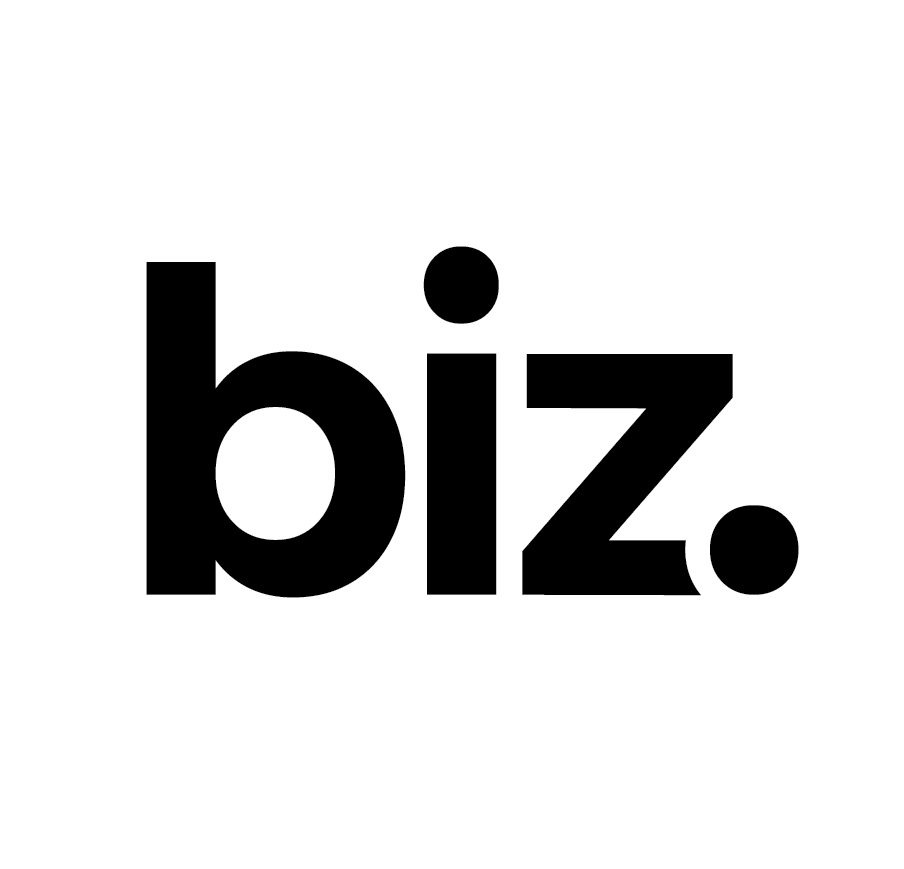Executive business coaching has become increasingly prevalent in today’s corporate landscape as leaders recognize the need for continuous professional development to navigate complex business challenges.To effectively assist their clients, executive business coaches rely on a range of business coaching tools that encompass both tangible and intangible resources.
These coaches serve as valuable guides, offering personalized support and insights to help executives enhance their leadership skills, optimize their decision-making abilities, and achieve their professional goals.
What are the most common types of tools that business coaches use?
1. Goal-setting software to help keep track of progress and measure success
Business goal-setting software offers several advantages over traditional manual tracking methods. It provides a centralized platform where teams can define, communicate, and align their goals, ensuring clarity and transparency across the organization. By digitizing the goal-setting process, businesses can eliminate the inefficiencies of spreadsheets, emails, and paper-based systems, allowing for seamless collaboration, quick updates, and easy access to goal-related information.
Here are a few examples of popular business goal-setting software:
OKRs (Objectives and Key Results):
OKRs is a goal-setting framework used by many organizations, and several software platforms, such as WorkBoard, 15Five, and BetterWorks, provide problem solving solutions tailored to implementing and tracking OKRs. These platforms enable businesses to set clear objectives, define measurable key results, and monitor progress through regular check-ins and visual dashboards.
Asana:
Asana is a great tool and versatile project management that offers robust goal-tracking features. It allows teams to create and assign goals, break them down into actionable tasks, set due dates, and visualize progress through various views, including Kanban boards and Gantt charts.
Monday.com:
Monday.com is a popular collaboration and project management platform that includes goal-tracking functionality. It enables a business owner to define goals, allocate resources, assign tasks, and track progress through customizable dashboards and visualizations.
Smartsheet:
Smartsheet is a comprehensive work execution platform that offers goal-setting and tracking capabilities. It allows users to create goal hierarchies, establish dependencies, set milestones, and monitor progress through interactive reports and dashboards.
2. Time management tools to maximize productivity and prioritize tasks
Time management tools are indispensable for professionals seeking to optimize their productivity and prioritize tasks effectively. These tools assist individuals in organizing their schedules, setting priorities, and staying focused on critical activities. Examples of time management tools include:
To-Do Lists:
Simple yet effective, to-do lists enable individuals to outline tasks, set deadlines, and track progress. Digital tools like Todoist and Trello provide features such as task categorization and reminder notifications.
Calendar Applications:
Utilizing calendar apps like Google Calendar or Microsoft Outlook helps in scheduling and allocating time for specific tasks, meetings, and appointments. Integration with other tools enables seamless planning and collaboration.
Pomodoro Technique:
This technique divides work into focused intervals, typically 25 minutes, followed by short breaks. Apps like Forest and Tomato Timer assist in implementing this time management method.
Time Tracking Software:
Tools like Toggl and RescueTime allow users to monitor the time spent on different activities, identify time sinks, and optimize productivity accordingly.
Project Management Tools:
Platforms such as Asana, Basecamp, and Monday.com facilitate task delegation, progress tracking, and team collaboration, ensuring efficient project management.
3. Communication tools such as conference calls and video conferencing
Communication tools such as conference calls and video conferencing have revolutionized the way businesses connect and collaborate remotely. Conference calls enable multiple participants to join a conversation simultaneously, regardless of their geographic locations.
Platforms like Zoom, Microsoft Teams, and Cisco Webex provide seamless audio conferencing capabilities, allowing teams to discuss ideas, make decisions, and address issues in real-time. Video conferencing takes communication a step further by adding visual cues, fostering a more engaging and personal experience.
Examples of video conferencing platforms include Zoom, Microsoft Teams, Google Meet, and Skype. These tools have become essential in facilitating effective remote teamwork, boosting productivity, and reducing the need for physical meetings.
4. Project management software to stay organized and on-schedule
Project management software has become an indispensable tool for businesses to enhance organization and ensure timely project completion. These software solutions offer features that enable teams to collaborate effectively, track progress, manage tasks, and maintain project schedules. Examples of popular project management software include:
Trello:
This visually-oriented platform allows teams to create and organize tasks using boards, lists, and cards. It promotes transparency and enables real-time collaboration among team members.
Airtable:
Airtable is a versatile collaboration platform that combines the functionalities of a spreadsheet and a database. It offers a user-friendly interface, customizable views, and robust features for organizing and tracking data. Airtable allows teams to streamline workflows, manage projects, and collaborate effectively in a visual and flexible environment.
Jira:
Widely used in software development, Jira offers advanced project management capabilities, including issue tracking, agile planning, and integration with development tools. It ensures efficient project execution and enhances team productivity.
Clarizen:
Clarizen is a popular project management software that enables teams to collaborate, plan, and execute projects effectively. It offers features such as task management, resource allocation, and real-time reporting. Clarizen streamlines project workflows and enhances communication, allowing teams to achieve their project goals efficiently.
5. Market Research Platforms – for gaining insights into customer preferences, trends, and demographics
Market research platforms have become indispensable for businesses seeking to gain valuable insights into customer preferences, market trends, and demographic information.
These platforms provide a range of tools and resources that enable businesses to collect and analyze data effectively. By leveraging market research platforms, companies can make informed decisions, refine their marketing strategies, and identify new opportunities.
Examples of market research platforms include: SurveyMonkey, which allows businesses to create and distribute surveys to gather customer feedback; Google Trends, which provides insights into search behavior and trending topics; and Nielsen, a comprehensive platform offering consumer insights, media measurement, and market intelligence.
6. Remote collaboration software – working with distributed teams regardless of location
Remote collaboration software has revolutionized the way distributed teams work, enabling seamless communication, efficient project management, and shared access to resources regardless of geographical location. These tools have become essential in fostering collaboration, enhancing productivity, and ensuring effective teamwork in remote work environments. Several notable examples of remote collaboration software include Figma, Notion, Dropbox, and Basecamp.
Figma:
Figma is a powerful design and prototyping tool that allows teams to collaborate on user interface (UI) and user experience (UX) designs in real-time. Its cloud-based platform enables multiple team members to work simultaneously, providing a live view of design changes, comments, and feedback. Figma’s collaborative features streamline the design process and enhance cross-functional collaboration among designers, developers, and stakeholders.
Notion:
Notion is an all-in-one workspace that enables teams to organize and collaborate on projects, tasks, and documents. With its flexible and customizable interface, teams can create databases, wikis, task boards, and more, tailored to their specific needs. Notion’s real-time collaboration features allow team members to collaborate on documents, share updates, and track progress in a centralized platform.
Dropbox:
Dropbox is a cloud storage and file-sharing platform that facilitates seamless collaboration and file management. Teams can store and share files, documents, and media, ensuring easy access and version control. Dropbox’s collaborative features, such as shared folders and commenting, enable teams to collaborate on files, provide feedback, and work together on projects regardless of their location.
Basecamp:
Basecamp is a project management and communication tool designed for remote teams. It offers features such as task management, file sharing, messaging, and scheduling, all within a centralized platform. Basecamp’s focus on simplicity and ease of use promotes transparency, accountability, and effective collaboration among team members.
How To Pick The Right Business Tool For You?
When selecting the right business coaching toolkit for your needs, it is essential to consider several factors to ensure they align with your coaching program objectives and style.
Identify your coaching goals: Clearly define your coaching objectives and determine the specific areas where you require support. This will help you identify the tools that address those needs directly.
Assess your coaching approach: Understand your coaching style and methodology. Consider whether the tools you are evaluating align with your coaching philosophy and how they can complement your approach.
Evaluate features and functionality: Review the features and functionality offered by different coaching tools. Look for features such as assessment capabilities, goal-setting frameworks, action planning templates, communication channels, and progress tracking to ensure they meet your requirements.
Consider ease of use and compatibility: Choose tools that are user-friendly, intuitive, and compatible with your existing systems and technology infrastructure. This will minimize the learning curve and ensure smooth integration into your coaching exercise practice.
Seek feedback and recommendations: Reach out to other business coaches or industry professionals for recommendations and feedback on the tools they have used. Their insights can provide valuable guidance in your decision-making process.
Trial and test: Take advantage of free trials or demos offered by coaching tool providers. This will allow you to experience the tools firsthand and assess their suitability for your coaching practice.
Remember, the right business coaching tools will enhance your effectiveness, streamline your processes, and enable better outcomes for your coach clients. Taking the time to evaluate options and selecting tools that align with your coaching goals and approach will contribute to a successful coaching practice.
—-
If you’re looking for a network of ESTABLISHED business leaders who are leading their industries with innovative new ideas, disruptive strategies, and high impact results, join us inside the Advance Innovation Society. This is the only network of its kind, designed to sharpen the edge of the world’s brightest business minds, so they can lead exceptionally. Strategic networking, new ideas, and the support you need to dominate your industry, hit your term goals, and become the go-to authority in your space. Open ONLY to those with a track record of professional business success. Click here to learn more and apply.










